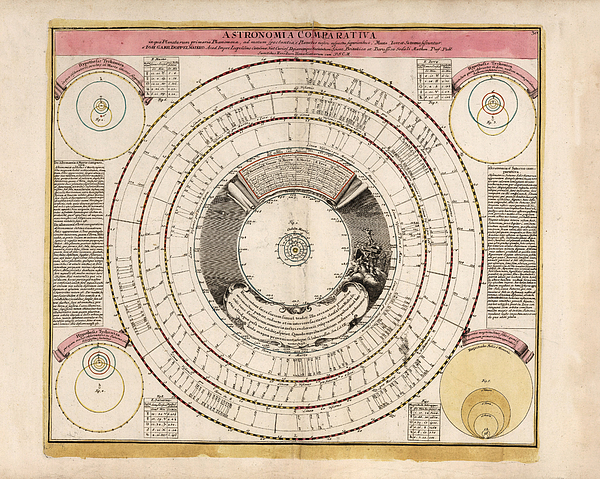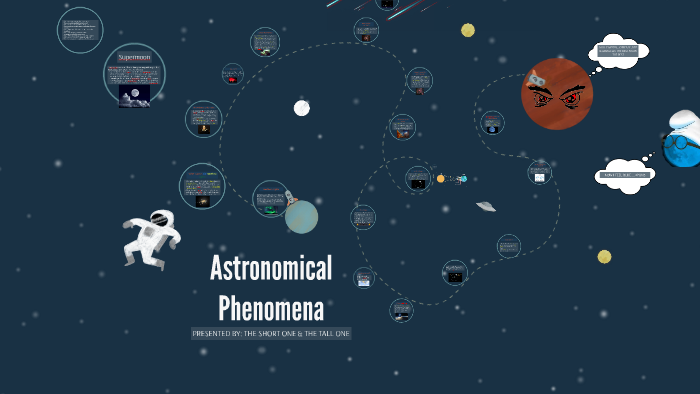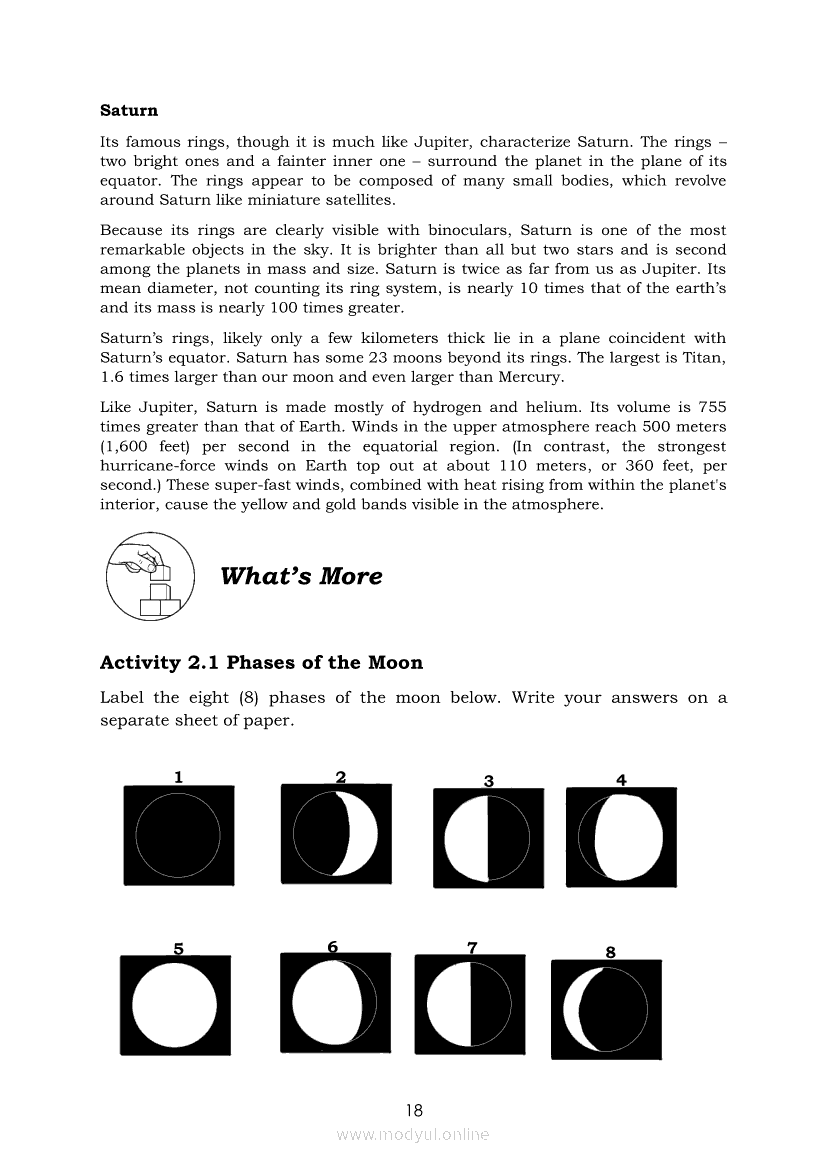

In 1984, Rakesh Sharma became the first Indian to go to outer space. On April 19, 1975, India sent into orbit its first satellite Aryabhatta. The other important names of historical astronomers from India are Madhava and Nilakantha. He wrote the Siddhantasiromani which consists of two parts: Goladhyaya (sphere) and Grahaganita (mathematics of the planets). This is an extremely accurate ratio of a fundamental astronomical ratio (1,582,237,500/57,753,336 = 27.3964693572), and is perhaps the oldest astronomical constant calculated to such accuracy.Brahmagupta (598-668) was the head of the astronomical observatory at Ujjain and during his tenure there wrote a text on astronomy, the Brahmasphutasiddhanta in 628.īhaskara (1114-1185) was the head of the astronomical observatory at Ujjain, continuing the mathematical tradition of Brahmagupta. There was also difference in some astronomical parameters.Īryabhata wrote that 1,582,237,500 rotations of the Earth equal 57,753,336 lunar orbits. In this book, the day was reckoned from one sunrise to the next, whereas in his Aryabhata-siddhanta he took the day from one midnight to another. His book, the Aryabhatya, presented astronomical and mathematical theories in which the Earth was taken to be spinning on its axis and the periods of the planets were given with respect to the sun. In 500 AD, Aryabhata presented a mathematical system that took the earth to spin on its axis and considered the motions of the planets with respect to the sun (in other words it was heliocentric). Yajnavalkya (perhaps 1800 BC) advanced a 95-year cycle to synchronize the motions of the sun and the moon.A text on Vedic astronomy that has been dated to 1350 BC, was written by Lagadha. The texts that describe their designs are conservatively dated to the first millennium BC, but their contents appear to be much older. Fire altars, with astronomical basis, have been found in the third millennium cities of India.

Some Vedic notices mark the beginning of the year and that of the vernal equinox in Orion. There are astronomical references of chronological significance in the Vedas. Determining that sun was a star and determination of number of planets under our solar system.Theorizing about the theory of gravitation.

The calculation of occurrences of eclipses.Apart from this linkage of astronomy with astrology in ancient India, science of astronomy continued to develop independently, and culminated into original findings, like: In some instances, astronomical principles were borrowed to explain matters, pertaining to astrology, like casting of a horoscope. During next 2500 years, by 500 AD, ancient Indian astronomy has emerged as an important part of Indian studies and its affect is also seen in several treatises of that period. The earliest references to astronomy are found in the Rig Veda, which are dated 2000 BC. Instead, both were considered an integral part of society.Īncient India's contributions in the field of astronomy are well known and well documented. Unlike the "west", astrology did not become as pseudo-science as astronomy became more factual and experimental. As mentioned earlier, both astrology and astronomy were reasons to build these structures. This is further evidence of the importance placed on the study of the stars. It should also be noted that such an endeavor (six major observatories, a staff of full-time priests etc.) did not come to a small cost. Although no telescopic instruments were available at the time, the precise observation of the stars was greatly facilitated by observatories such as Jantar Mantar. The one in Jaipur not only follows the movements of the sun and the moon to help determine auspicious dates for events, it also helps map out the position of the stars in the sky. The Jantar Mantar in Jaipur is actually one of six major observatories built by the Maharajah.

Tool for keeping track of the constellations


 0 kommentar(er)
0 kommentar(er)
